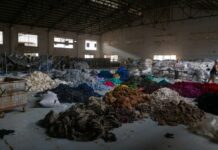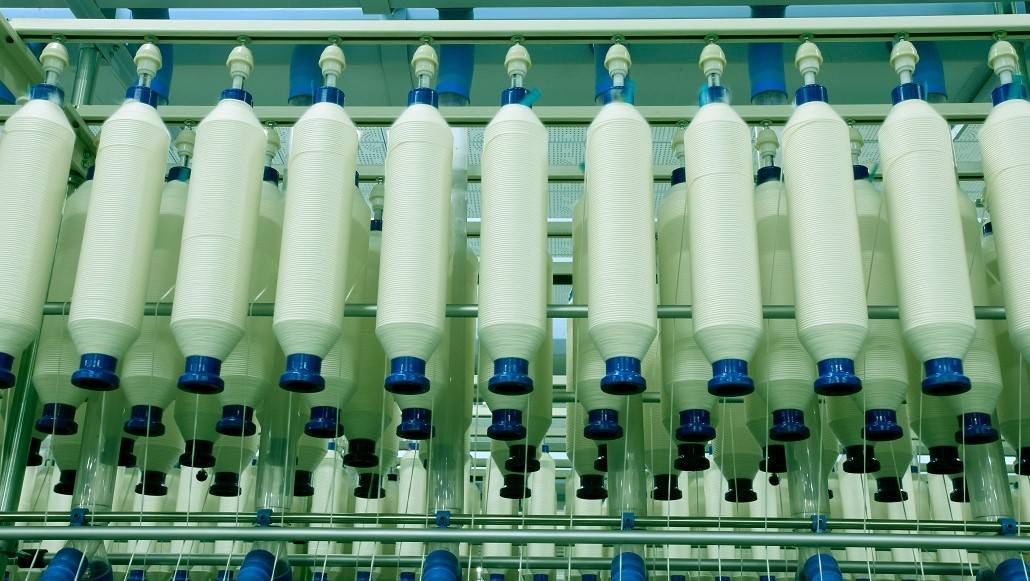In the second quarter of 2025, the textile machinery order index, compiled by the Economics Department of ACIMIT (the Association of Italian Textile Machinery Manufacturers), indicated a slight decline of 1% compared to the corresponding period in 2024. The index stood at 47.1 points, based on a 2021 benchmark (set at 100).
This overall dip was largely offset by a substantial increase in domestic orders, which nearly balanced out the decreases seen in international markets. Domestic orders surged by 38% compared to Q2 2024, achieving an absolute value of 70.9 points.
In contrast, foreign orders decreased by 7% compared to last year, with the international market index at 43.8 points.
Regarding production capabilities, the order backlog rose to 3.9 months, an increase from 3.6 months in the first quarter. During the first half of the year, companies in the sector operated at only 55% of their production capacity, with expectations to raise this figure to 60% in the latter part of 2025.
Marco Salvadè, President of ACIMIT, stated, “The signals coming from the domestic market are encouraging, but concerns about the future remain. Demand in Italy is still weak. The increase recorded between April and June will need to be confirmed over the course of the year.”
He also highlighted the challenges present in foreign markets: “A general climate of uncertainty persists, not only due to U.S. tariffs imposed on the EU but also the broader geopolitical situation. The 15% duty, combined with the significant depreciation of the euro against the dollar, could negatively impact our exports to the U.S. Depending on how tariff rates are applied to other countries supplying technology to U.S. textile firms, the effects may vary.”
Despite these obstacles, the U.S. continues to be a crucial market for Italian manufacturers. In 2024, it was the fourth-largest market, valued at over 112 million euros, and it maintained growth in the first four months of 2025 with a 3% increase. However, concerns persist regarding weak demand for textile machinery in key markets such as China and Turkey, where Italian sales dropped by 32% in China and 47% in Turkey from January to April 2025, signaling significant challenges for Italian manufacturers in these vital regions.



































